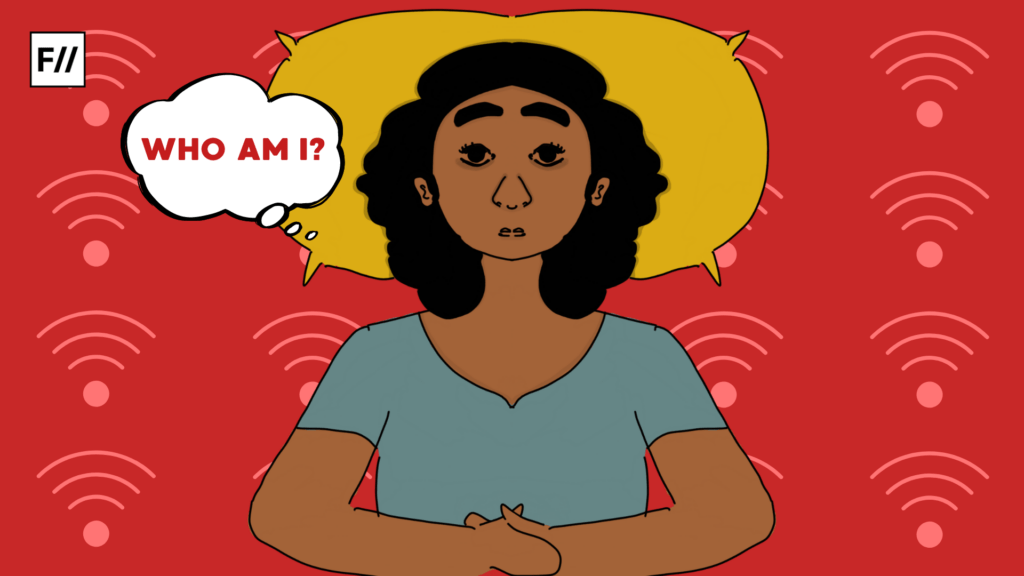Each year, the days leading up to Valentine’s Day or 14th February (a holiday traditionally dedicated to romantic love and relationships), often bear witness to multiple brands pulling out their best and most creative ‘couple‘ marketing strategies. This year though, several brands opted to gear their marketing tactics towards single folks instead.
Be it an Indian delivery app’s introduction of a ‘single mode,’ to their app interface or an Indian fashion brand’s shift from a V-Day to a Me-Day campaign, the growing normalisation of singlehood has caused a significant departure from previous trends.
Earlier this February, at the 66th Annual Grammy Awards, Miley Cyrus’ hit song Flowers won ‘Record of the Year.’ The groundbreaking track, which prioritises self-love and self-sufficiency in the aftermath of a brutal breakup, also became the most streamed song ever in a week on the audio streaming app Spotify. With lyrics such as “I can take myself dancing, I can hold my own hand, I can love me better than you can,” the song fully celebrates autonomy and singlehood.
We see how the cultural discourse around singlehood, and single women in particular, is shifting. Single-positivity is on the rise. From being a label that they were often ashamed to identify with, the self-love rhetoric on social media and pop culture is making it increasingly acceptable, in a lot of ways, for women to be single.
But to a great extent, this rhetoric seems to be fuelled by escalating consumerism, class privilege and long-standing stereotypes about singlehood and self-love.
Single self-care is indeed not all bubble baths, aromatherapy candles and solo coffee dates, as viral reels and online influencers would have us believe. Within this viewpoint, there exists a disproportionate focus on the self while thinking about singlehood, and not enough focus on the politics of being single and its relationality with the heteronormative and patriarchal society that we exist in.
In what ways does our society privilege coupled existence over single existence? What are the everyday discriminations that single women face? Can single women be their family unit? Are there distinguished differences in the experiences of single men and single women? Where do single women seek companionship? Does isolation affect single women’s everyday life and mental health?
These are some of the questions that must be explored through research and conversations, for a more nuanced understanding of singlehood, which is needed to demolish the stigma around it and move away from normative family structures.
On finding love and the ‘ideal’ single woman
Despite the growing representation of singlehood, it is still largely perceived as a transitional phase for women till they find their one true love.

Shani Silver, in her book A Single Revolution, asks some pertinent questions regarding our culture’s obsession with fixing a woman’s singleness. “If everything in our culture ever made for single women pertains to dating and finding love, then seriously, what are we supposed to think about our singlehood? If the focal point of all conversations about single women is ‘finding someone’, what does that tell us about what the world thinks matters most?” she writes.
Female singlehood is consistently valued less than coupledom. Single women’s achievements or life milestones are treated as inherently inferior to the milestones that a couple might be celebrating. “It’s the notion that our accomplishments don’t mean as much because we don’t have someone to share them with,” Silver points out.
Also, contemporary representations of the ideal single form are not very inclusive and often reductive. “Singleness is commonly represented as a state that women must actively work to overcome, while coupledom is vigorously promoted as a postfeminist choice,” contends academic Anthea Taylor.
The typical media prototype of a single woman wears her sexuality on her sleeve, indulges frequently and heavily in materialistic self-care, has a thriving social life, and is always on the lookout for love, among other generalisations. This severely limits the types of stories that are told about single women and also the kinds of single women who find representation.
The overt glamorisation of the single woman figure in popular culture ensures that it continues to be a topic of contention in feminist debates.
Patriarchy and female singlehood
What is it about women choosing to remain single that threatens the status quo? Under patriarchy, female sexuality needs to be constantly surveilled and contained – and so a single woman becomes an incessant source of gendered anxiety.

This is especially true in the Indian context, where even the partner a woman can have has to be approved by family and society based on whether he fits certain class, caste, and religion criteria. For as long as the woman is single, she is a body out of place as the patriarchy is bereft of its power to control her.
Consequently, single women are under relentless scrutiny from all quarters. Going through life as a single woman invites a barrage of intrusive questions and speculations from not just family and friends, but also strangers.
There exist disparities even between how single women are treated at different life stages. To be single when one is young is perceived considerably less negatively because there is still time to be adequately partnered up. Taylor notes that young women’s singlehood might be excused as “a permissible type of prolonged adolescence.”
But an older woman who is uncoupled is an anomaly – “The (older) unmarried woman is regularly stereotyped as lonely, miserable, and with no alternative but to fill her empty life with cats.” The common notions of dying an ‘old maid,’ or becoming a ‘crazy cat lady,’ are warning signals that embody the cruel destiny awaiting any woman who remains single.
Researcher Kinneret Lahad refers to late singlehood as “a socio-temporal phase that exceeds the socially constructed parameters of acceptable ways of living.” She also notes how “patriarchy and heteronormativity overlap and intersect with other structures of domination such as singlism and ageism, and are carried out through gendered configurations of time.”
However, this assumption of unpartnered women being worse off seems to be largely unfounded and comes from a place of prejudice. A large body of research reports that single women tend to be healthier and less depressed, living longer than married women. Single women enjoy more freedom overall and can exercise more autonomy, given that they don’t have to shoulder the additional caregiving burden for spouses and children, and in the Indian context, the in-laws.
The way forward
It is important that being single is reclaimed as a feminist choice beyond its cliched, romanticised and narrow online depictions. We need increasing portrayals of single women in digital spaces – not as media artefacts but as real people, imperfect and relatable. It is important to break out of a system that markets coupledom as the zenith of aspiration.
This is not to say that desiring a partnership or choosing to partner up is a transgression from feminist values, but it should be a choice that is made with careful consideration and not under societal pressures of any kind.
Just last week, a first-of-its-kind charter adopted by a local municipality in Brussels, Belgium, committed to taking single people’s perspectives and challenges into account while formulating its policies. By seeking to examine even current policies “through the lens of a singleton,” the municipality ensures that single-people households are treated at par with traditional households. It includes measures that range from encouraging new housing projects to featuring communal spaces for more social interaction.
This is a step in the right direction towards devising new and compassionate ways to think about singlehood, and how as a society we can institutionally support single people with their concerns about wellbeing, companionship, ageing, and access to services and benefits.
About the author(s)
Divyani is a media and research professional with a background in critical cultural theory. Her core interest areas are digital cultures, sexuality, and mental health. She loves annoying her cat and a good cup of coffee.






